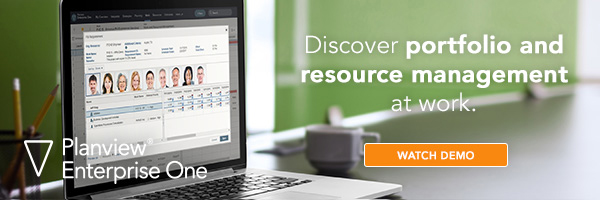
Over the years, I’ve talked with many customers about various methods to improve the impact of their data. Oftentimes, organizations are faced with a wealth of data but no way to accurately communicate or visualize that information. They want to analyze and present data in ways that are easily digestible and understandable but are not equipped with the right technology to do so. This is where thoughtful report design with the right tools comes into play to effectively visualize data, aiding in impactful analysis.
In this post, I’ll be presenting ways to be more impactful with your report design, presenting visualization styling ideas and encouraging iterations with the intended audience (both of which are possible when using the right solution).
To quote Edward R. Tufte, a statistician and famous visualization specialist, in his book, Visual Explanations: Images and Quantities, Evidence and Narrative:
“When we reason about quantitative evidence, certain methods are more likely to produce truthful, credible, and precise findings. The difference between an excellent analysis and a faulty one can sometimes have momentous consequences.”
The point I take away from his statement is that it’s not just the content or data alone that influences, persuades, or convinces someone to act. It’s also the manner in which that data is presented which makes a connection with your audience.
This brings us to the top three tips to follow to improve your report design.
- Understand your audience, data, and objectives.
The overall goal when presenting and visualizing data is to be thoughtful and communicate information in a way that is truthful, credible, and precise. This starts with understanding your audience and engaging with your stakeholders to understand the key outcomes and outputs they are seeking. Once the objective of a report or dashboard are understood and the data has been procured avoid building a perfect and production ready output first time out of the gate. Iterate with key members of the intended audience validating that you are on the right track and establish a lightweight review cadence. Once a report or dashboard has gone through this iterative process, confidence will be high that the intended goal of the output will be met and is relevant.
- Focus on the data first and appearance second.
While a lot of emphasis is placed on the style or appearance of a report or dashboard, focus first on what the data tells you and later on how it looks. The data, if originally credible and compelling, becomes even more so if accentuated with the right tools that provide various features to enhance the report or dashboard design.
The data and story you’re telling should be compelling, relevant, and credible. The layout should be simple and not detract from what the data is telling the user. Focus on details like consistent fonts, images, and adherence to corporate branding. Avoid clutter, even if it seems like more is better. It’s important to be concise and stick with the story you’re trying to tell with the data. And don’t forget that we all read top to bottom and left to right.
- Choose chart types that support decision flows.
You can Google different types of charts to use but consider these four things as you focus on a chart type: Are you showing a comparison, a relationship, a composition of data, or a distribution of data? Depending on the dataset you’re working with, you can narrow down chart types which will aid in bringing the data to life.
Modern Business Intelligence tools support chart types that bring creative options to the table which go outside of the traditional chart types like bar, pie, and line charts. Microsoft’s Power BI offering for example allows for custom visuals to be embedded in their dashboards. These custom visuals are available in the Microsoft App Store. Be mindful though that an unfamiliar chart type while interesting may cause end user confusion so it’s important to choose wisely.
Getting started—you don’t need to be an expert
While you might think you have to be a Business Intelligence expert to start visualizing your data in an impactful manner, you don’t. In the instance of Planview Portfolios and Power BI, the platform is extremely user friendly with a low technical barrier to entry. When requirements get more complex the breadth of options available in the platform ensure you can meet the business need. If you run into challenges or questions for more complex requirements there are plenty of online resources to dig into like the Power BI Forum, Microsoft Developers Network, YouTube videos, and the Planview customer success platform.
Keep in mind that Planview Portfolios and Microsoft Power BI together provide remarkable intelligence and insights to help shape our decisions. They also provide the tools you need to shape the way you present that data in the most truthful, credible and precise manner. To learn more about how to create presentations with Planview Portfolios, check out this video with a presentation by one of Planview’s customers—Agropur—and experience the solution for yourself by registering for a free demo today.





